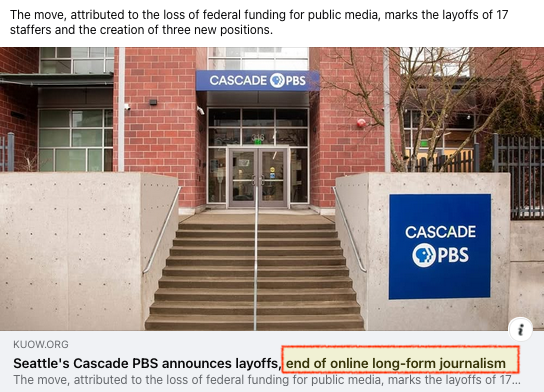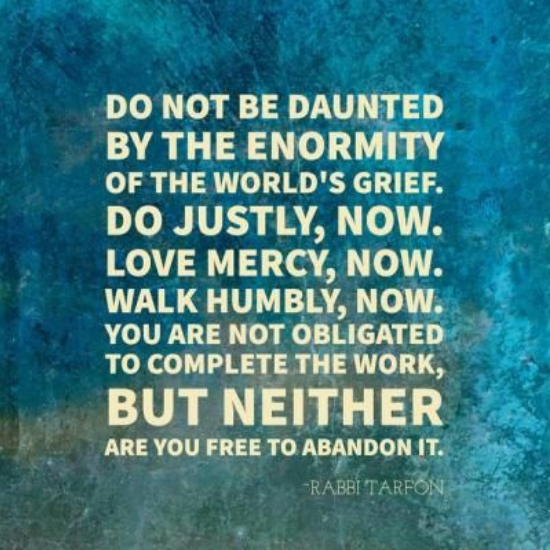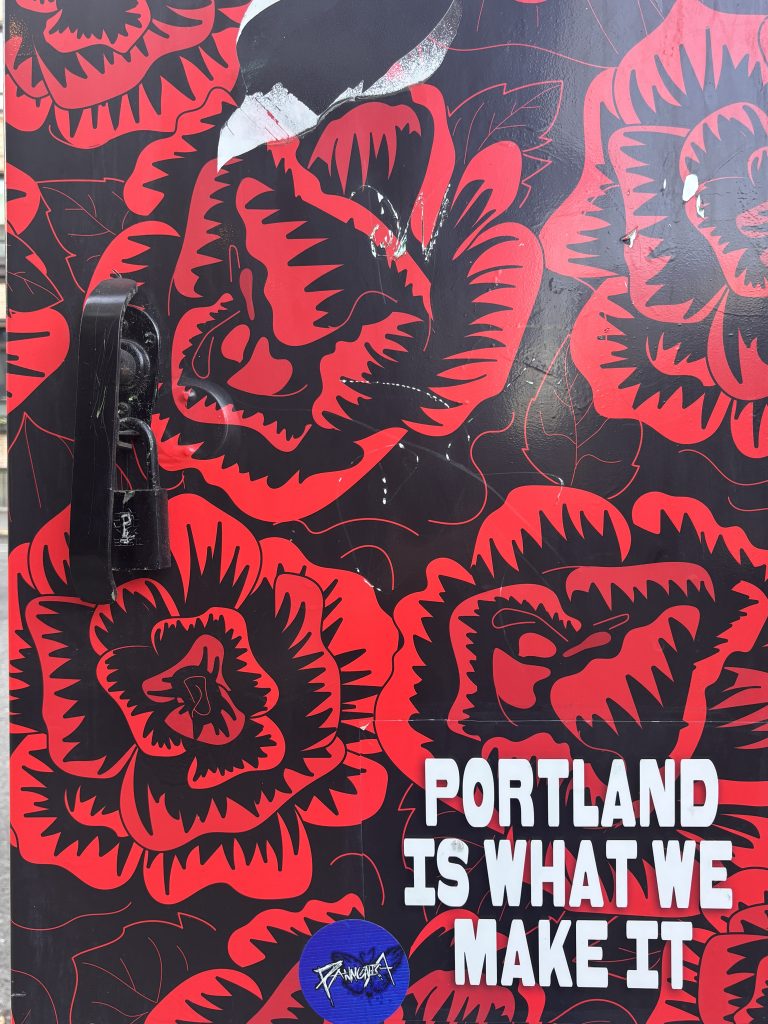General Strike
Strikes and boycotts are effective when they have sufficient organization and support. We’re building our skills, communication and understanding with more targeted actions.
Start here: Sign the generalstrike.us pledgecard and donate to a local strike fund.

How to do it:
Effective economic resistance takes extensive organizing and preparation. People don’t all wake up one morning and decide not to go to work. Plans are implemented for mutual aid, transportation, and communication. Each time we’re successful, we build skills and momentum. Companies pay attention to who follows through — that used to be the right, but now it’s us. Disney folded in days.
Strikes and boycotts are highly coordinated complex organizational tasks. Planning is best left to people with experience, but the way you get experience is by joining the movement. If a General Strike feels like your “lane” here are some ways to get started:
- Participate. The most basic thing you can do is sign a strike card, and commit to participating when the strike-targets are hit.
- Educate yourself. Read up on the history of successful strikes, like the Birmingham Bus Boycott, or the Icelandic Women’s Strike.
- Join any union you’re eligible for, follow local union news and show up to support striking workers in any industry. Learn who your local organizers are and lend a hand.
- Donate to strike funds. Choose a local union or search for GSUS and your location. (Do your due diligence, General Strike US is de-centralized, so there may be local scammers.)
- Join any group focused on economic pressure. Tesla Takedown organized the Sinclair Sucks! protests in Seattle. They had the skills and network, and pivoted to meet the moment.
This video does a good job of laying out why organization and preparation are key:




